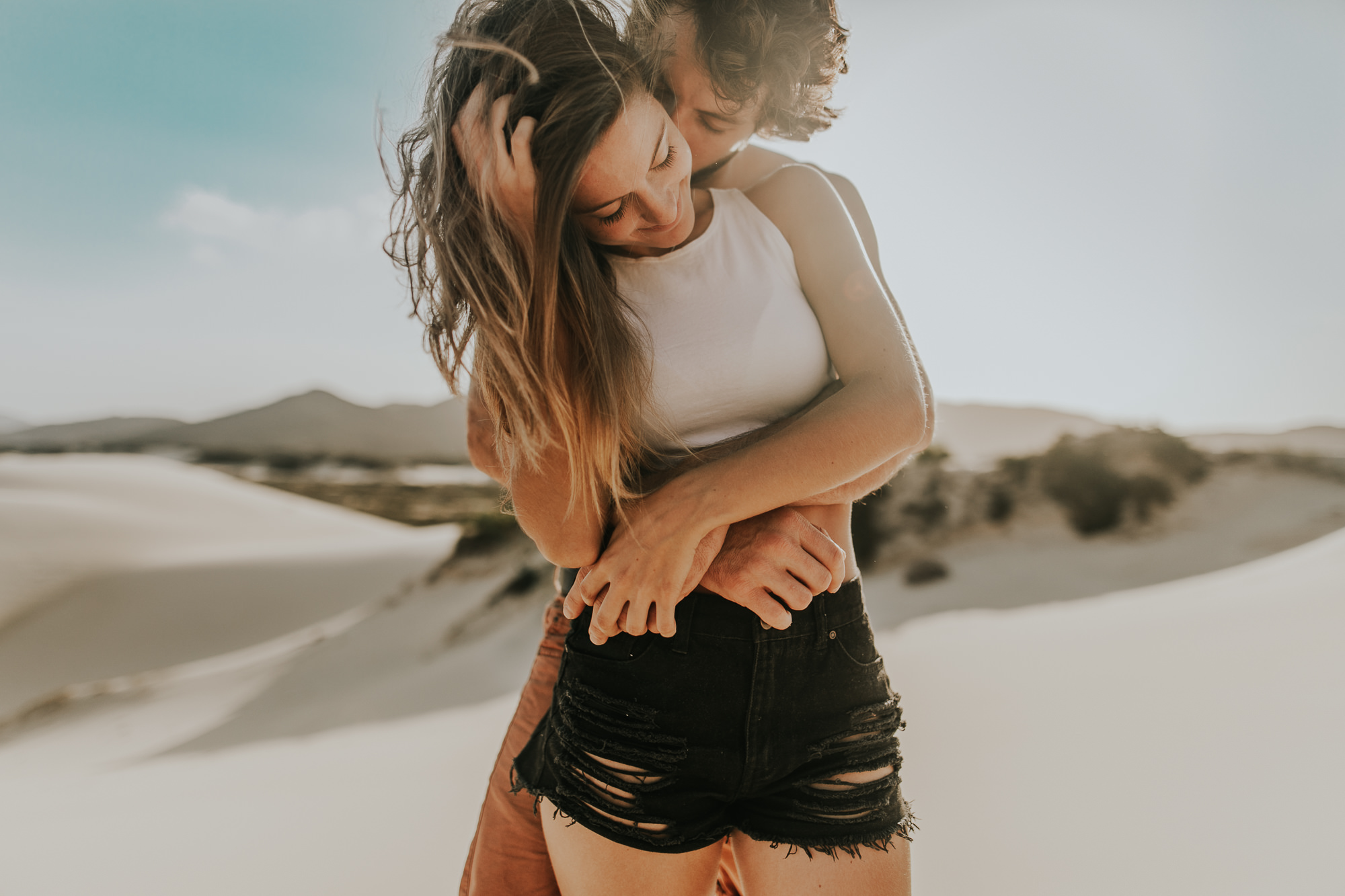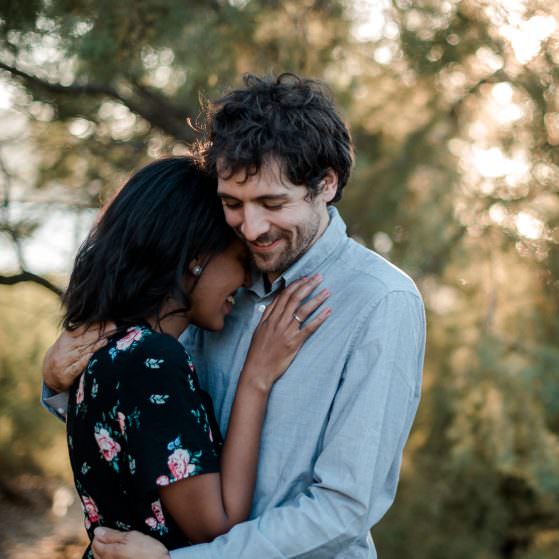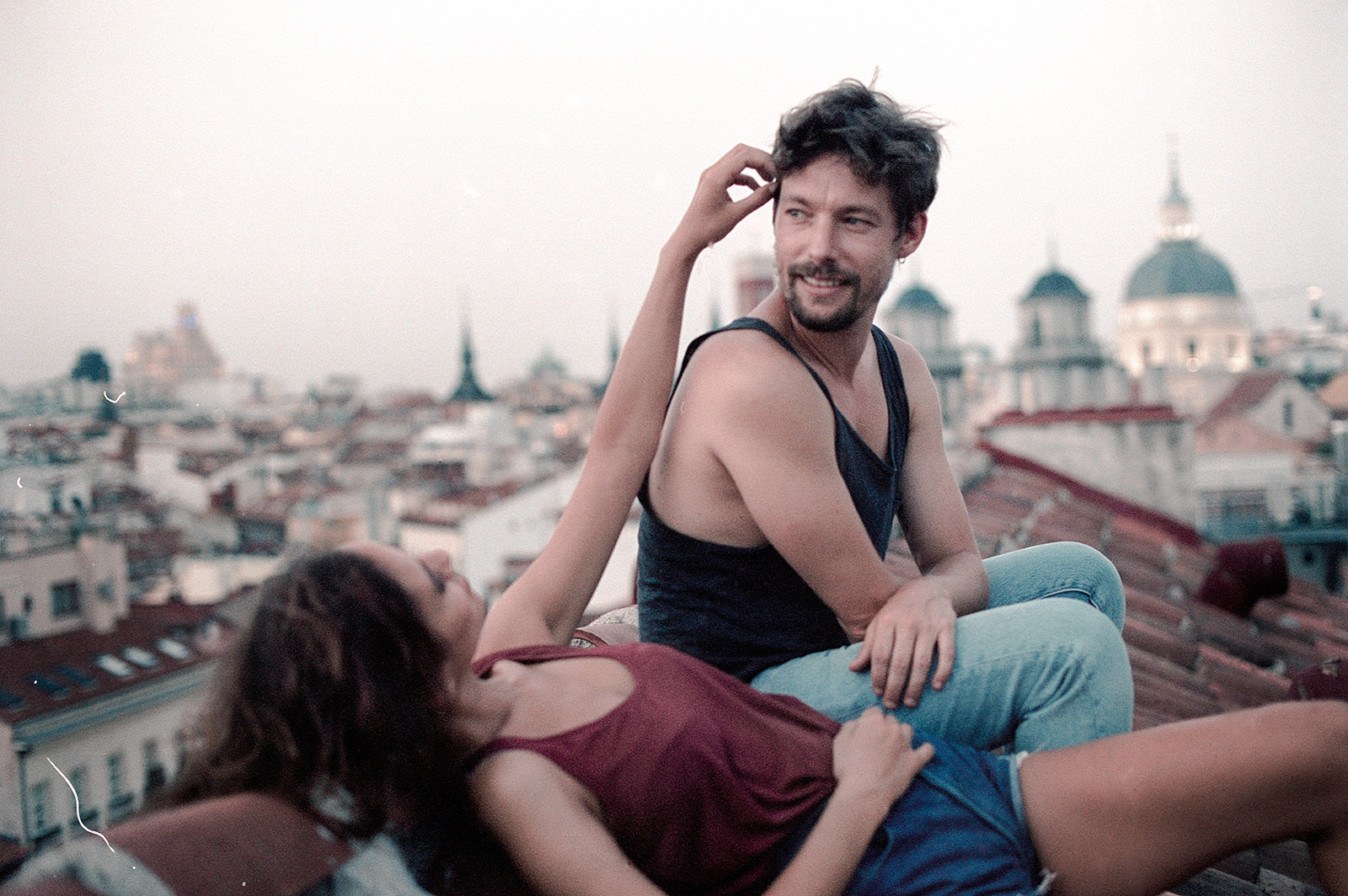Alê is a 35-year-old wedding photographer based in Sao Paulo, Brazil. It was in 2008, when he was working in administration that he decided to study photography in order to take better images on his trips. This step led to a career in wedding photography and he now travels internationally with his camera.

Going through your portfolio, it is evident that you put a lot of thought into the composition in your images. Does it come naturally to you or do you spend a lot of time studying the different rules and integrating them into your shoots? What is your process?
My creative process is very simple. My priority when photographing is the real connection of the couple first of all. In a way, that’s enough for me. The composition is important, but this is the second step. A representative photo is not necessarily related to composition. If I see that the couple is in tune and does not need an extra direction, I let it flow, I want them not to think about anything other than themselves, and I keep photographing the same pose from different angles. I get close, I move away, but I try never to interrupt, so that I get a more expressive and sincere result.
What kind of composition do you find yourself gravitating towards the most? And what do you particularly like about this type of composition?
I fill in the frame every time. Short head, focus only on the expression and this brings me a certain clarity(lightness), because you can not look at the background. The focus is on the moment, the emotion and the poetics.
As much as a well composed image is visually appealing, breaking the rules of composition with intention can make the frame more interesting. How do you go about deciding when it makes sense to break composition rules?
My search is always a challenge. I abuse much of the symmetry and contrast between perspectives. I normally place the main subject in the middle, and create variety in the images by photographing different perspectives. But the rules do not necessarily have to be followed, so I do not care if the photo stays outside what pleases the eyes of those who see them, gets blurred, etc… If I do not have any type of composition, but I like the photo, this break for me is so interesting that I have a well composed photo.
What advice do you have for photographers that are trying to improve their composition techniques?
Run away from what you’re used to seeing. If you want to be legitimized as a photographer, you do not need to follow trends, follow your intuition and believe in what you want to accomplish. Photography has its own power and you have to put all your life in it. Your ideals, your philosophy, your afflictions, your desires and everything that you are living. Photography tells us a lot about who we are. You don’t necessarily need to have a perfect picture, put who you are in your work and get away from the rules.
Beautiful lighting, whether it is natural or artificial, is another one of your strengths that shines throughout your work. What is your favorite way to use lighting to create interest in an image?
I use natural light during rehearsals and at weddings. And I use flash at the reception to generate more marked photos. Mastering the light is extremely necessary to create epic images. But what I like the most is the backlight at sunrise. It gives me depth, naturalness and lightness.
There is a lot of variety in your work in terms of lighting, both indoors and outdoors. During the editing process, which light situations do you struggle with and how do you solve them?
There are light situations where the place does not always help even at the best times. This is the biggest problem that happens in terms of light. When, for an example, I come across a marked lateral light, where godparents on one side go dark and on the other, super exposed. In these situations, I set up a reflector on the darker side and I always take pictures with 1 point less exposure. For this, it is important to have good gear so that you can do the recovery of the shadows in post-production.
The mood of an image is heavily impacted by the lighting conditions. How do you use this to your advantage to emphasize a particular feeling in an image? Can you provide an example?
A good example of this that I do a lot: when you have a small ray of light on one side and darkmess on the other, the photo takes you directly to the main subject (where it is illuminated). The secret is in the correct positioning of the subject. For example, the portrait of the bride in a car after the ceremony: if it is already night, if she is leaning against the window, it is worth doing a more open photo where the light is divided creating more drama and poetry for the photo.
There is so much to learn about lighting, but what is the ONE ultimate tip about lighting that you would like to share with fellow photographers?
In the past, I used flash against (behind the couple), and this does no longer fit with the current identity of my photos. So my tip is to shoot with what’s available in the scene. There is so much variation and we need auxiliary lights to have a satisfactory result. Always be yourself, and do the magic that you trust the most.













